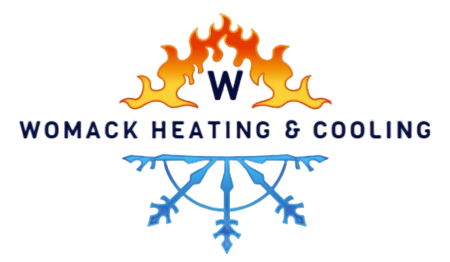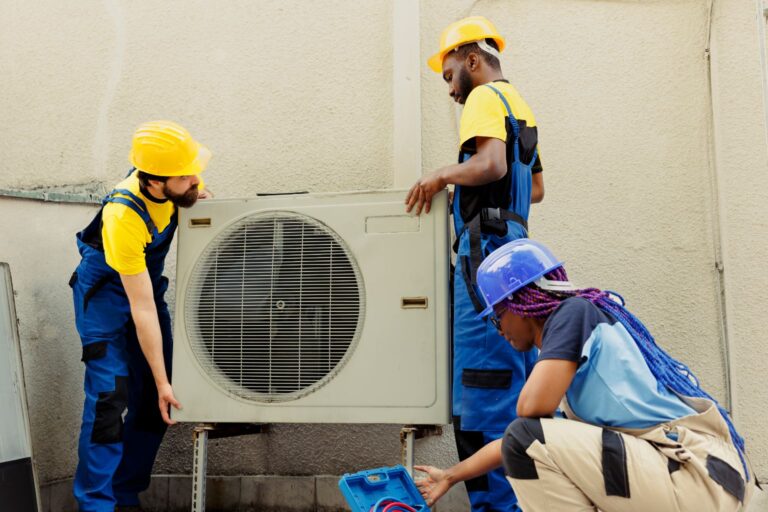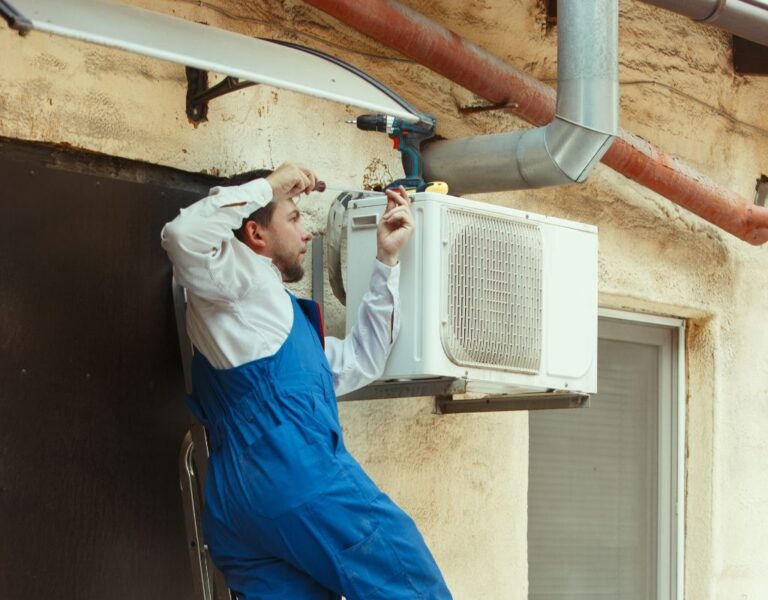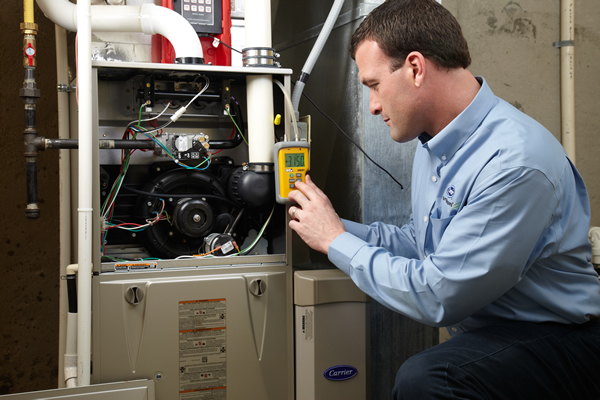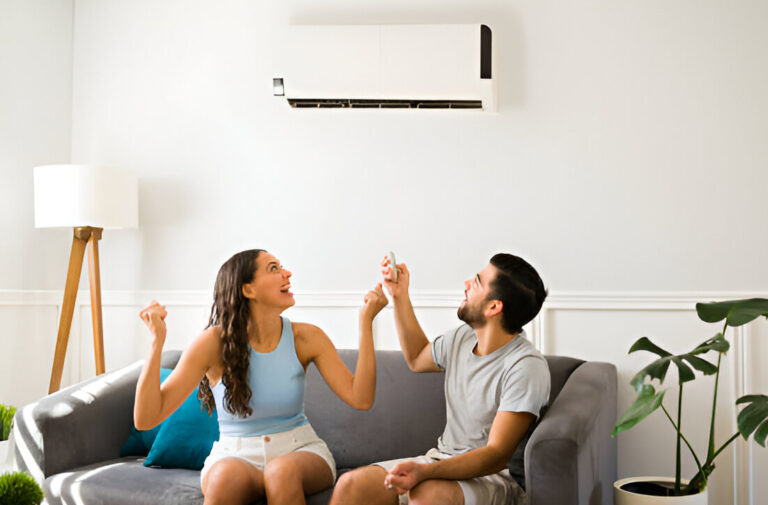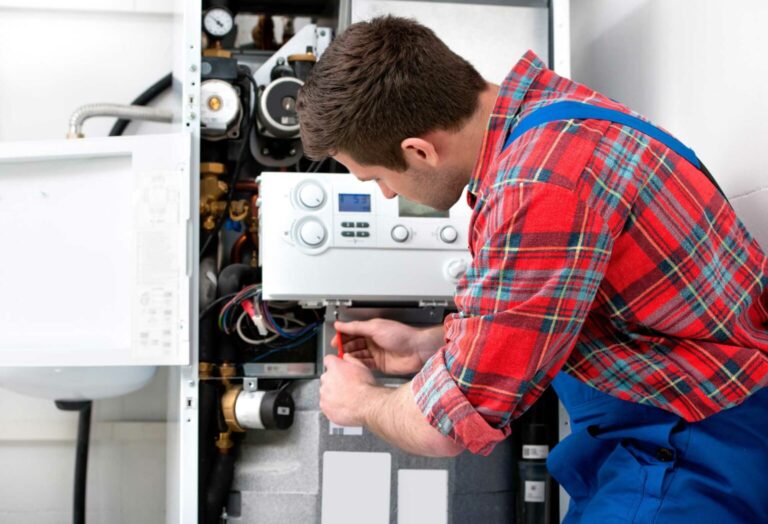Imagine this: It’s 95°F outside and all you can think about is a cool, air-conditioned sanctuary. But the new AC you just installed, based on size guesses, barely takes the edge off. Your utility bill is climbing, and the house never feels quite right.
If you’ve asked yourself, “what size AC unit do I need?”, you’re not alone. Choosing the right unit is more nuanced than you might think. Too small, and your AC runs nonstop, struggling to cool your home. Too big, and it cycles on and off, wasting energy and never reaching real comfort.
In this guide, you’ll learn how to size your AC correctly, using square footage, but going deeper with Manual J calculations, cost factors, energy efficiency, and practical tips. It’s all backed by real data and trusted sources like the U.S. Department of Energy and ACCA.
What Does “Size” Mean for an AC?
When homeowners talk about AC unit size, they’re referring to cooling capacity, which is measured in BTUs (British Thermal Units) per hour or tons (1 ton = 12,000 BTU/hr). A larger unit doesn’t mean larger physical dimensions, it means more cooling power.
- BTUs: Amount of heat required to raise one pound of water by 1°F.
- Tonnage: Cooling capacity, 1 ton removes 12,000 BTUs per hour.
- Why it matters: Bigger isn’t always better. Oversized units cycle on/off too quickly, while undersized units run continuously.
Source: U.S. Department of Energy – Central AC basics
Rule of Thumb: Square Footage Guidelines
Here’s a general rule-of-thumb chart commonly used in initial AC sizing:
| Home Size (sq.ft.) | Approx. BTU | Tonnage |
| 600 – 1,000 | 18,000 | 1.5 ton |
| 1,000 – 1,500 | 24,000 | 2 ton |
| 1,500 – 2,000 | 30,000 | 2.5 ton |
| 2,000 – 2,500 | 36,000 | 3 ton |
| 2,500+ | 48,000+ | 4 ton |
Note: These are estimates. Exact sizing must consider several home-specific variables.
Why Square Footage Isn’t Enough
These “per-square-foot” rules are just starting points. Let’s dive deeper into the factors that influence what size AC you actually need:
- Ceiling Height
Higher ceilings mean more air to cool, increasing your system’s required capacity. - Insulation Quality
Better insulation helps keep cool air in and hot air out, reducing your AC load. - Window Area and Type
Large or sun-facing windows bring in extra heat, making your AC work harder. - Local Climate
Hot and humid areas require more cooling power than cooler, drier regions. - Occupancy and Electronics
More people and devices generate heat, which increases indoor cooling demand. - Air Leakage
Drafty homes lose cool air fast, forcing the AC to run longer and harder.
Source: ACCA Manual J, industry standard for load calculations.
Manual J Calculation: The Gold Standard
Manual J is the only scientifically accepted method to size HVAC systems. It calculates your home’s “cooling load” based on real measurements: insulation, orientation, windows, and more.
- Required for permitting in many states.
- HVAC pros perform this to ensure proper sizing, equipment matching, and performance.
- Avoid: Contractors who offer size estimates without a Manual J.
Room-by-Room: Sizing Mini-Splits
If you’re isolating cooling to certain areas (e.g., garage, addition), mini-split heat pumps are a great option. Here’s a quick sizing guide:
| Room Size (sq.ft.) | Mini-Split BTU |
| 150 – 250 | 8,000 – 9,000 |
| 250 – 400 | 12,000 |
| 400 – 600 | 18,000 |
| 600 – 1,000 | 24,000 |
Zoned systems allow you to cool multiple zones efficiently. Just ensure each unit is sized correctly with a Manual J breakdown per zone.
If you’re planning to upgrade, understanding the cost to install a new HVAC system in 2025 is essential to budgeting effectively.

The Pitfalls of Choosing the Wrong AC Size: Too Big vs. Too Small
When it comes to air conditioning, bigger isn’t always better, and smaller can be a disaster. Installing an AC unit that’s too large or too small for your home can lead to ongoing issues, wasted energy, and higher repair bills. Here’s how both scenarios can hurt your comfort and your wallet:
Undersized AC Unit
If your air conditioner is too small for your space, it will struggle to keep up with demand. You’ll notice it running constantly, especially on hotter days, as it works overtime to try to cool your home.
- Never reaches the set temperature: You may feel like your home is always just a little too warm, even when the AC is on full blast.
- Constant running = higher energy bills: Because the system never cycles off, your energy usage skyrockets.
- Coil freezing and premature wear: Overworking a small unit can cause the evaporator coil to freeze, which leads to inefficiency and potential breakdowns.
- Shorter system lifespan: The extra workload can lead to earlier system failure, meaning you’ll have to replace the unit sooner than expected.
Oversized AC Unit
On the flip side, an air conditioner that’s too large for your space isn’t ideal either. While it may cool rooms quickly, it short-cycles, turning on and off frequently, which reduces efficiency and affects indoor comfort.
- Quick blasts of cold air don’t allow the system to run long enough to properly dehumidify the air. The result? A clammy, sticky feel in your home.
- Higher wear and tear: Constant cycling puts strain on components like the compressor and fan motor, increasing the risk of early breakdown.
- Noise and airflow issues: Big systems often move too much air for existing ductwork, creating noisy vents and airflow imbalance.
- Wasted energy: You’ll pay more for a larger system that doesn’t actually improve comfort, and costs more to run and maintain.
Get the Size Just Right
Whether it’s too big or too small, an improperly sized AC system will cost you more in the long run, both in comfort and energy use. The goal is to match the unit’s cooling capacity to your home’s exact needs. That’s why a Manual J load calculation by a licensed HVAC pro is essential before you buy or upgrade.
What Will This Cost? Equipment and Labor
For a closer look at equipment replacement costs, check out this AC replacement cost guide for 2025.
| Item | Cost Range | Notes |
| Central AC unit (2–3 ton) | $3,000 – $5,500 | Mid-efficiency (14–16 SEER2) |
| Heat pump combo | $4,500 – $8,000 | Higher upfront, lower operating cost |
| Ductless mini-split | $2,000 – $5,000+/zone | Depending on tonnage |
Labor rates vary by region: $80 to $150/hour.
Ductwork installation averages $20–$35/yard.
DIY Tools: Online Calculators vs. Manual J
Online HVAC sizing tools give quick ballpark estimates, but they don’t replace Manual J. Use them as starters:
- EnergyStar My Home: Basic sizing calculators
- HVAC.com sizing tool: Friendly walk-through interface
Do not rely solely on these tools for final sizing and installation decisions.
When to Recalculate Your AC Needs
- Room addition or remodel
Adding square footage increases your home’s cooling load, and your current AC unit may no longer be sufficient. - New insulation or new window
Upgraded insulation or energy-efficient windows change how your home retains heat, affecting how much cooling power you need. - Upsizing your home
If you’ve converted a garage, attic, or basement into living space, you’ll likely need more BTUs to stay comfortable. - Switching between heat pump and AC-only
Different systems have different load and efficiency requirements, switching units means you’ll need a new sizing evaluation. - Any renovation affecting thermal load might require resizing your unit
Even small changes like removing walls or upgrading roofing can impact airflow and cooling needs, requiring a system reassessment.
Any renovation affecting thermal load might require resizing your unit.
Choosing the Right Unit & Contractor
- Confirm Manual J is performed, always.
- Ask for multiple quotes to compare brand/efficiency options.
- Understand SEER2 ratings: higher rating = better efficiency, but higher upfront cost.
- Verify warranty coverage, look for 10-year compressor warranties.
- Beware high-pressure sales tactics, go with the best fit, not the fanciest brand.
Size Matters
Choosing the right size AC is crucial, not just for energy savings, but also for comfort and unit longevity. A properly sized, well-installed system means consistent cooling, lower bills, and peace of mind.
Next steps:
- Run an online sizing estimate
- Book a licensed HVAC contractor for Manual J
- Compare several quotes
- Choose efficiency, warranty, and quality installation
Need Help Sizing Your AC?
Choosing the right AC unit size isn’t something you should guess on, it’s the difference between a comfortable, energy-efficient home and years of high energy bills and poor performance. Whether you’re replacing an outdated system or planning HVAC for new construction, a licensed HVAC contractor can perform a Manual J load calculation to determine exactly how many BTUs your home needs. They’ll factor in your insulation, windows, layout, local climate, and more.
If you’re in need of expert guidance, Womack Heating & Cooling is here to help. Our team specializes in properly sized, high-efficiency AC systems designed for long-term performance and comfort. Contact us today to schedule a consultation and get it done right the first time.
